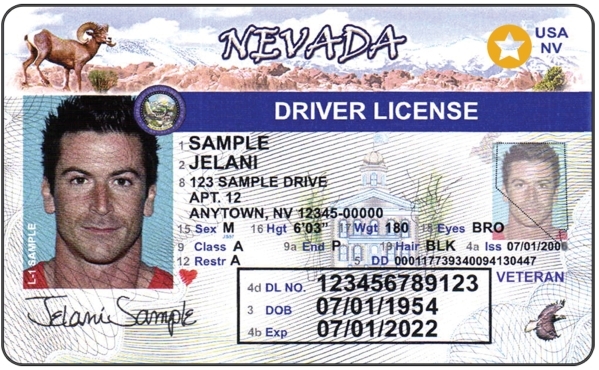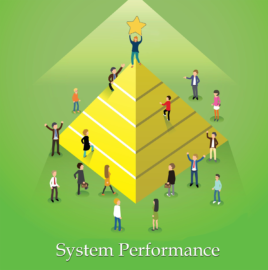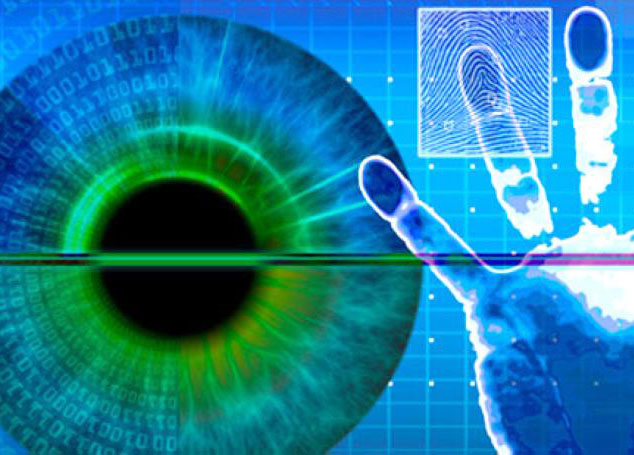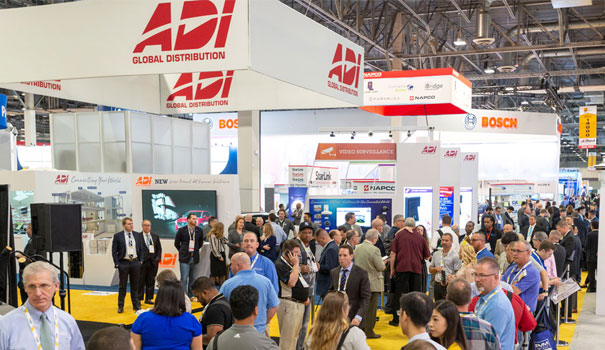Robert Frederick Nelson, a violent criminal, escaped federal custody more than two decades ago and left federal authorities scrambling to find him. He would never have been arrested without the help of the Nevada DMV and their use of facial recognition technology.
According to the Twin Cities Pioneer Press.com, on June 20, 2017, Nelson applied to renew his Nevada license at the Decatur DMV office in Las Vegas using his real name. DMV facial recognition software showed the same face on a valid 2013 Nevada driver’s license in the name of Craig James Pautler. Nelson was apprehended.
Flashback to 2001 when a person with multiple identities could risk identification if a mistake such as using duplicate social security numbers were used during the driver’s license application process. After 9/11, authorities discovered that the terrorists behind the attacks had multiple driver’s licenses in different names with the same face.
As a result DMVs across the country realized they were easy targets for identity fraud and they embarked on a massive de-duplication effort that incorporated facial recognition technology to validate the identity of drivers license holders. It’s been a massive undertaking. Some states have only completed their effort in the past few years.

The DMV became the defacto identity management facility in the US once the REAL ID Act of 2005 was passed. According to Wikipedia, The REAL ID Act of 2005, Pub.L. 109–13, 119 Stat. 302, enacted May 11, 2005, is an Act of Congress that modifies U.S. federal law pertaining to security, authentication, and issuance procedures standards for the state driver’s licenses and identity documents, as well as various immigration issues about terrorism.
The law sets forth requirements for state driver’s licenses and ID cards to be accepted by the federal government for “official purposes,” as defined by the Secretary of the United States Department of Homeland Security. This act resulted in driver’s licenses becoming the standard form of civilian identification. As DMVs continue to refine their de-duping processes, there’s greater certainty that the documents they issue to civilians are valid and not duplications. The only way to be truly certain that a background check is complete is when biometric data associated with an individual is checked— in the form of face recognition.
Of course, good old-fashioned police work played a role. A lower level DMV technician turned Nelson’s license renewal application over to police after spotting something off about him. Face recognition technology revealed that Nelson had state licenses under multiple names.
Learn more about CyberExtruder’s products for facial recognition and review our use cases to see the benefits of integrating face recognition software into your application.
If you or your company have a need for facial recognition solutions, request a Demo today!




